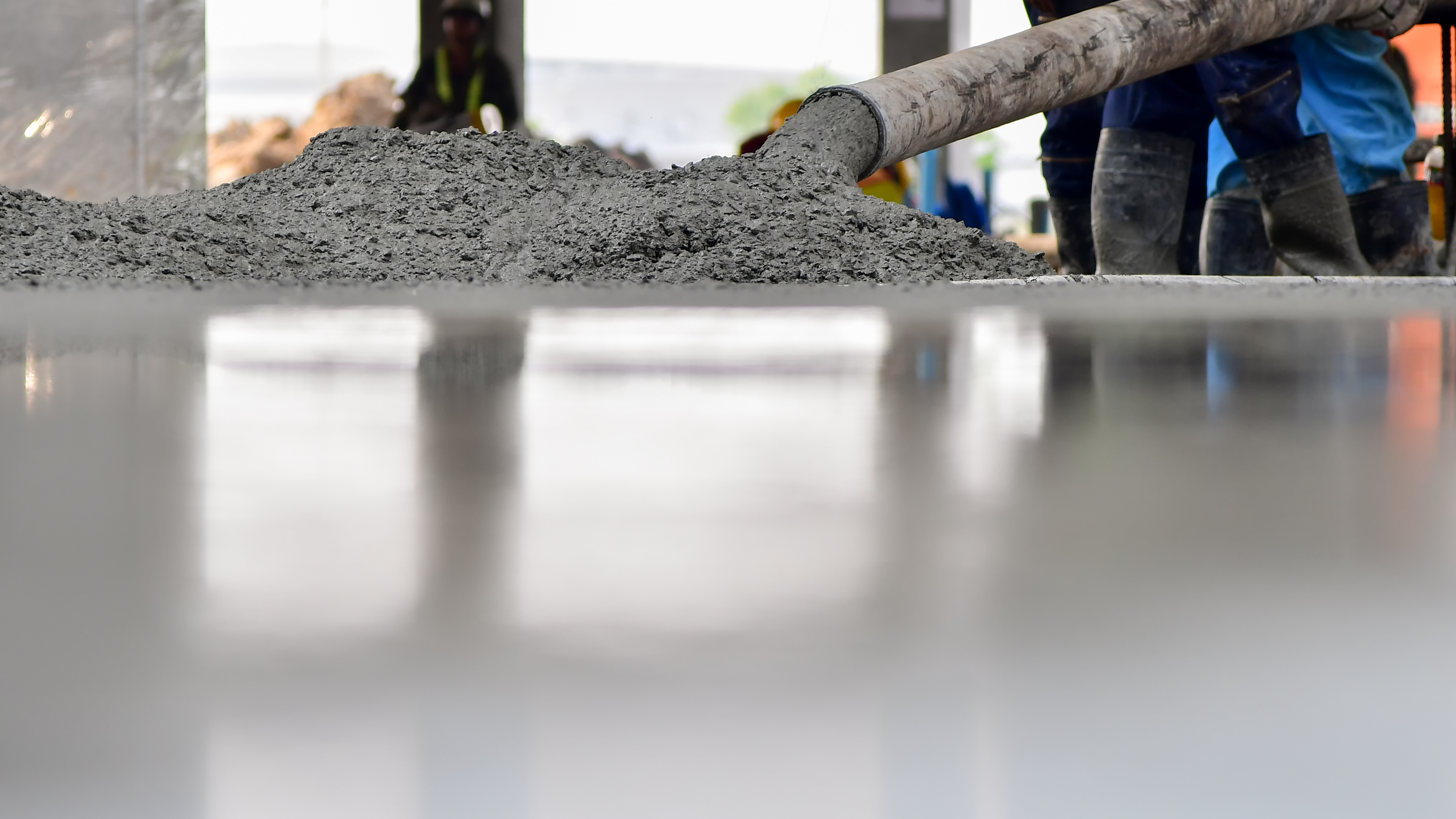At Lift Right Concrete, we're able to pinpoint the sources of many of the cracks or other damage concerns to concrete that require our concrete repair services. One of the most common such sources: DIY concrete installations by home or building owners who are not trained for this kind of job, leading them to make mistakes that impact the long-term quality of the surface and often require repairs much earlier than expected.
Generally speaking, we do not recommend any non-trained individual attempt concrete pouring or related tasks. However, we're aware that in some cases, our clients (either current or future) may still attempt this – or in more reasonable cases, may be looking to find an ideal concrete finishing professional and are checking to confirm the quality of their process. With this in mind, this two-part blog series will go over a number of common mistakes that should be avoided during the concrete pouring process, or which might indicate a poor concrete installer you shouldn't work with.

One of the most common concrete mistakes, and a telltale sign of a concrete finisher who doesn't know what they're doing, is a lack of site preparation. Concrete pouring involves significant site prep work, from leveling the entire area to compacting the soil below the surface area you plan to pour in. This may involve removing sod and topsoil in many cases, plus laying several inches of gravel.
If these jobs are not done properly, many concrete damage risks appear. Concrete will be prone to settling, for one, which causes cracks and allows moisture to infiltrate the area.
Concrete mixes require the proper moisture levels, with potential problems on both sides of the spectrum if this is done improperly:
Another issue with the concrete mixture itself is the thickness. Most concrete applications, such as patios or surface floors like the garage, need to be at least four inches thick, if not thicker in some cases – too thin will lead to strength and lifespan issues, especially if there's any vehicle traffic or heavy weight placed on the surface.
In some situations, a wire mesh will be used as part of the concrete pouring, as a reinforcement technique. And while this product can be marginally useful for holding concrete together, it won't actually stop it from cracking if there are other issues in the slab. Rather, if you truly want to reinforce the concrete in the best way, use reinforcing fibers in the mix, plus reinforcing rods laid down in a grid pattern – something any good concrete finisher should know as well.
For more on avoiding concrete mixing and pouring mistakes, or to learn about any of our concrete lifting and leveling services, speak to the staff at Lift Right Concrete today.